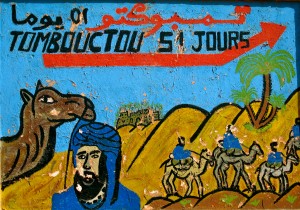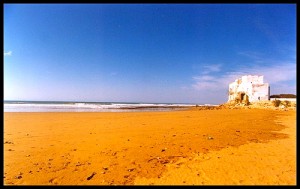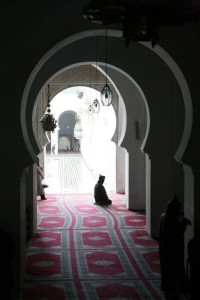Posts Tagged ‘Sahara Desert Tour’
There is a much-photographed sign in Zagora, in the spectacular Draa Valley in Morocco. Beside the image of a blue-swaddled desert nomad is written: “TOMBOUCTOU 52 JOURS.” The journey is considerably quicker today, but if you go by camel, it probably still takes…
Morocco is referred to as a cold country with a hot sun. Morocco’s unique weather patterns make it possible to find an ideal area to take a Morocco Tour year round. Its summers are exceptionally hot and winters can be chill to the bone. Morocco’s climate greatly fluctuate sdue to the…
Some of the best Morocco Holiday Vacations are those spent on an unwieldy adventure. Travel Exploration Morocco offers many holiday vacation opportunities that range from ancient Imperial city tours to majestic nights in the Sahara Desert Tours, a regional visit of Southern Morocco’s Valley of Nomads, Mount Mgoun and Draa Valley region along with customized cuisine tours and private dining experiences at some of Morocco’s best restaurants. Planning a Morocco Holiday Vacation for the Christmas or New Years is easy when using the private Morocco tour services of a Morocco travel agency.




